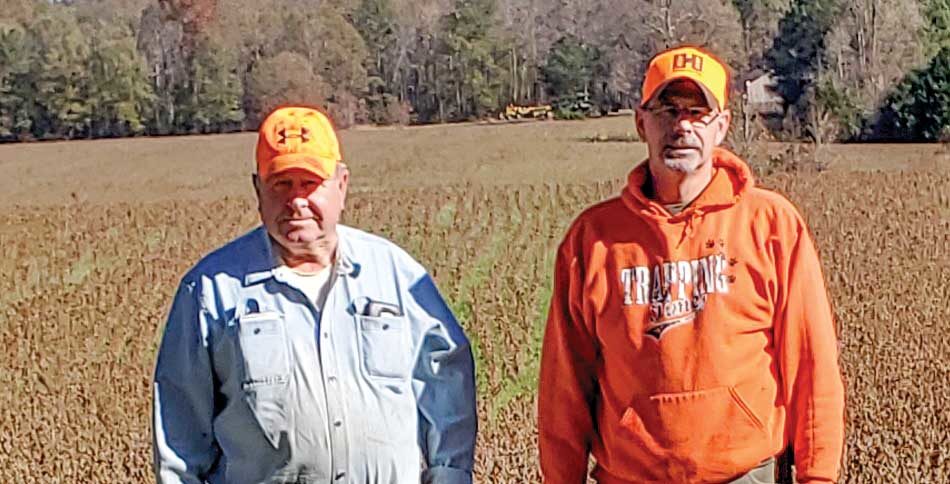No-Till Farmer
Get full access NOW to the most comprehensive, powerful and easy-to-use online resource for no-tillage practices. Just one good idea will pay for your subscription hundreds of times over.

WE QUIT BUYING crop insurance 30 years ago. We kept paying premiums and paying premiums and never had yields low enough to qualify for payment. In fact, I haven’t had a crop failure since I started no-tilling more than 50 years ago.
Sure, we’ve had bad years with low yields, but never anything like the 18-bushel corn I harvested one year when I was still farming conventionally. We finally dropped it, and short of a freak hailstorm, I just don’t see the risk.
This security comes from the improvement wrought in our soils over decades of no-till and other management strategies, such as cover crops.
Soils covering our rolling hills range from sandy loam to red clay with both soil types sometimes showing up in the same acre. This created a real puzzle for tillage operations prior to giving up the practice entirely. Some soils you could only till in the fall, allowing it to go through the freeze-thaw cycle to further loosen up. The sandier soils you didn’t dare touch until spring, otherwise they would setup like concrete and create a nearly impenetrable hardpan crust.
NAME: Granville Maitland
FARM: Butterwood Farms
LOCATION: Petersburg, Va.
YEARS NO-TILLING: 54
ACRES: 250 acres
CROPS: Corn, soybeans and wheat
Going no-till solved the problem of when to till by taking pre-planting tillage out of the mix entirely in 1967. We have one field right near the barn that hasn’t been tilled since 1963…